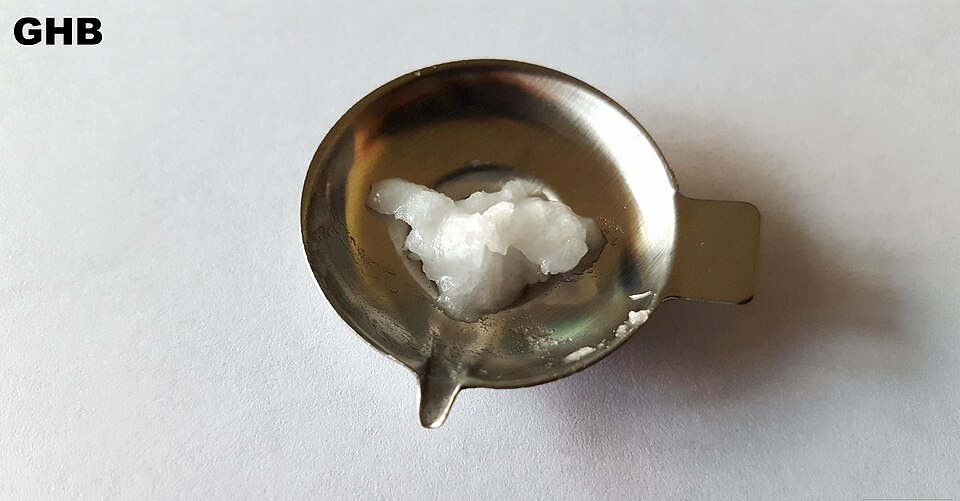Rising GHB Use Among Young Australians Amid Cost-of-Living Crisis

In Australia, the ongoing cost-of-living crisis is contributing to a troubling increase in the use of gamma hydroxybutyrate (GHB), a drug infamous for its high overdose potential. Young Australians, facing financial pressures and seeking alternative forms of escapism, are increasingly turning to GHB as a cheaper substitute for alcohol. According to research by Monash University and Turning Point, GHB-related ambulance callouts have surged, with Victoria alone reporting a 67% increase in 2023 compared to the previous year, amounting to 65.8 attendances per 100,000 people.
The rise in GHB usage reflects broader societal changes, particularly among the youth who are grappling with economic uncertainty. Dr. David Caldicott, an emergency consultant from Canberra, emphasizes that the allure of GHB lies not just in its affordability but in its promise of an escape from a bleak reality. "Young people are looking for an escape from what does not appear to be a very attractive future for them," he stated in an interview with ABC News.
GHB is known for its euphoric effects, including relaxation and increased sociability, but it carries a dangerously narrow margin for error. A slight overdose can lead to severe health consequences or even death. Braiden Tonks, a reformed ice dealer, described the effects of GHB as a gradual decline into unconsciousness, highlighting the drug's lethality.
As financial strains mount, mental health professionals are witnessing a correlating rise in substance use as a coping mechanism. Kristie Tse, founder of Uncover Mental Health Counseling, noted that the desire for relief from financial stress is a major driver of GHB's popularity. "Financial strain can lead to heightened anxiety and a need for relief, which some may seek through substance use," Tse commented.
Maria Rosey, founder of One Touch finance, echoed similar sentiments, asserting that as money stress becomes more ubiquitous, the acceptance of substances as coping mechanisms rises. "The increase in GHB use during the money crisis shows us that substance use problems can’t be solved by focusing only on the substances themselves," she added. The implications of this trend are profound, not only for public health but also for societal attitudes toward substance use and mental health.
In Tasmania, GHB-related ambulance callouts have increased by a staggering 346% between 2022 and 2023, underscoring the urgent need for targeted interventions. The situation calls for a comprehensive public health response that addresses the root causes of substance use, including economic insecurity and mental health support.
As Australia grapples with these challenges, the rise in GHB usage serves as a stark reminder of the broader implications of financial hardship. Authorities and health professionals must collaborate to develop effective strategies that support young Australians in navigating these turbulent times, ultimately fostering a healthier future.
Advertisement
Tags
Advertisement





